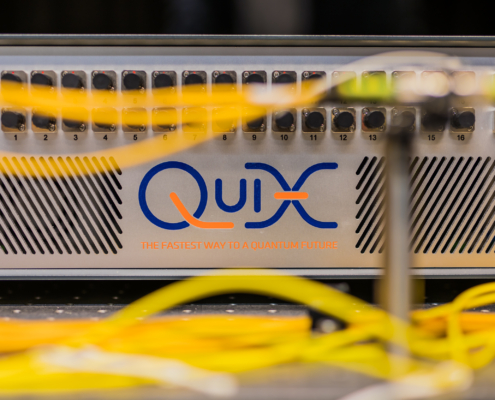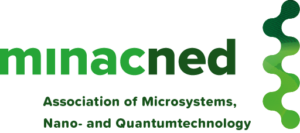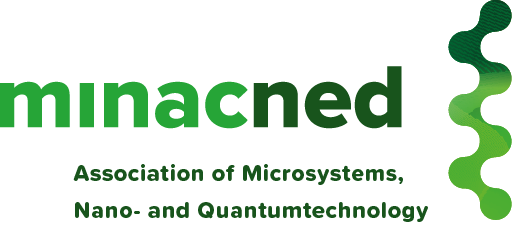QuiX Quantum, the worldwide market leader in quantum photonic processors, has delivered a 12-mode quantum photonic processor to Germany, for a collaboration with researchers from Paderborn University. This photonic processor is the most powerful in the world.
Quantum photonic processors are the central component of photonic quantum computers, holding great promises in performing certain computations faster than current supercomputers. Machine learning, chemistry and finance are believed to be revolutionized by such quantum technology.
QuiX Quantum lead engineer Caterina Taballione says: “This collaboration confirms the continuing interest in our products from the major players in the international quantum photonics landscape. Paderborn University is at the forefront of integrated optics, and we look forward to the results of this collaboration.”
The announcement comes on the heels of the announcement of a sale to Qontrol, a British quantum technologies startup, and a sale to Quandela, the leading French quantum technologies firm. Prof Christine Silberhorn, head of the Integrated Quantum Optics group and spokeswoman of the Institute for Photonic Quantum Systems (PhoQS), says: “We have chosen QuiX because of the high quality, turnkey linear optical circuit as used for demonstrating quantum advantage in boson sampling experiments, that only QuiX can deliver.”

QUIX | Forward.one – Vrijdag 22 januari 2021 | © Verkijk
Germany has recently published its ‘Roadmap Quantencomputing’, which sketches the required steps on the way towards a working quantum computer. As a result, the German government announced a 2 billion Euro funding initiative for the development of quantum technologies in general and quantum computers in particular.
The success that QuiX Quantum’ products are having highlights the dominant position of photonics in the quantum computing landscape in the Netherlands, being the only able to provide turn-key quantum solutions.

